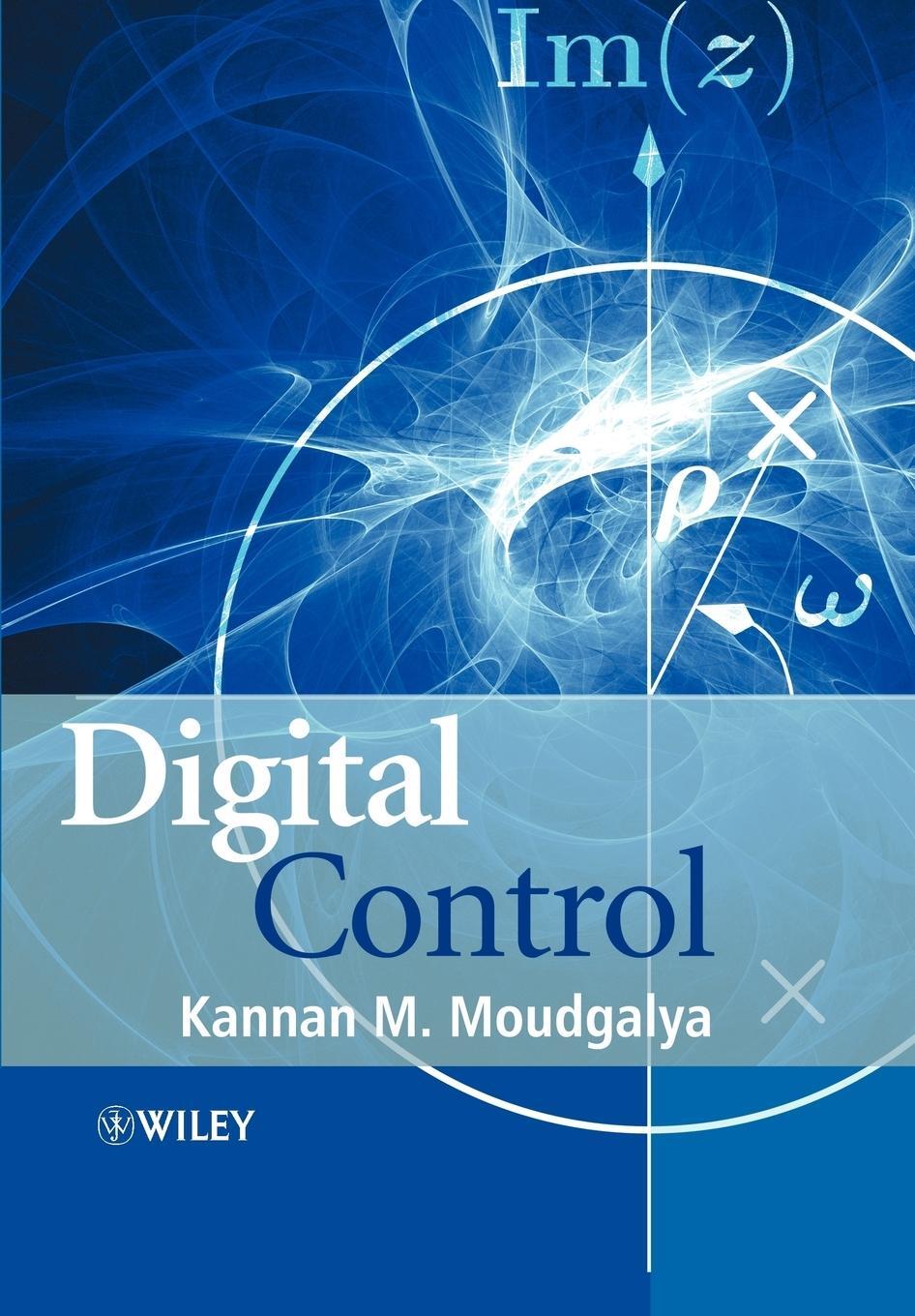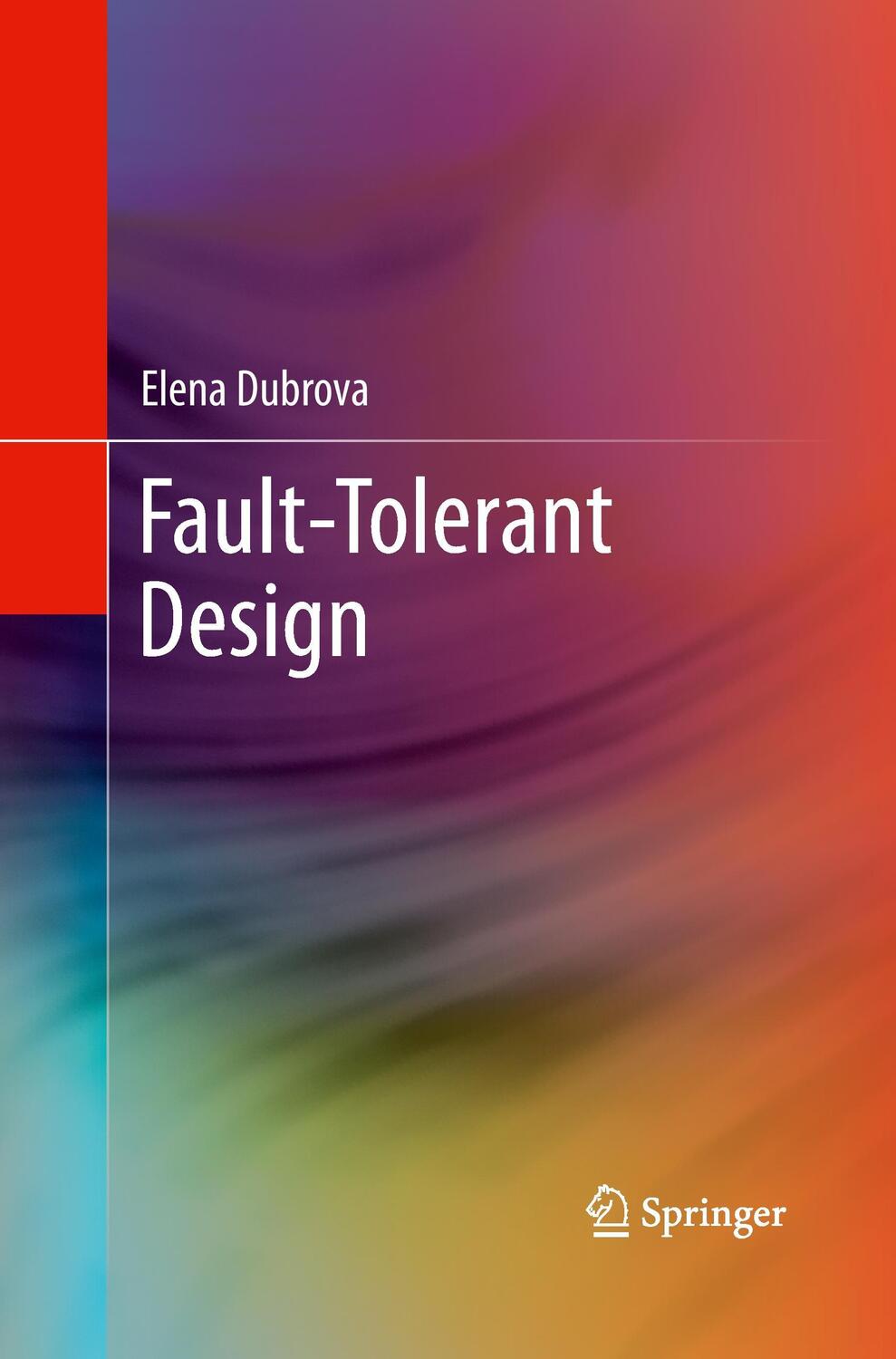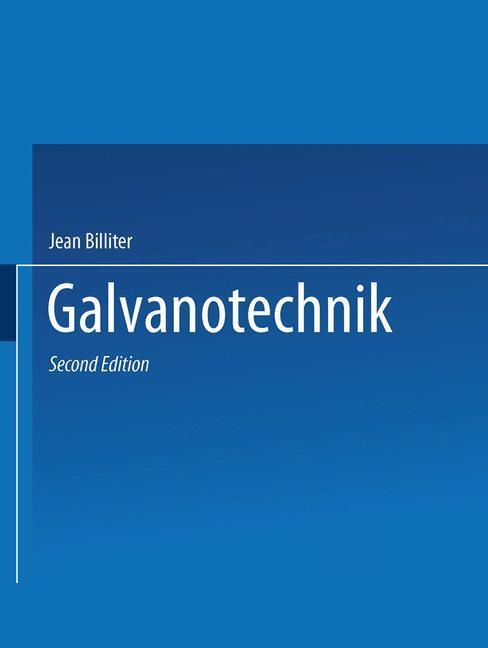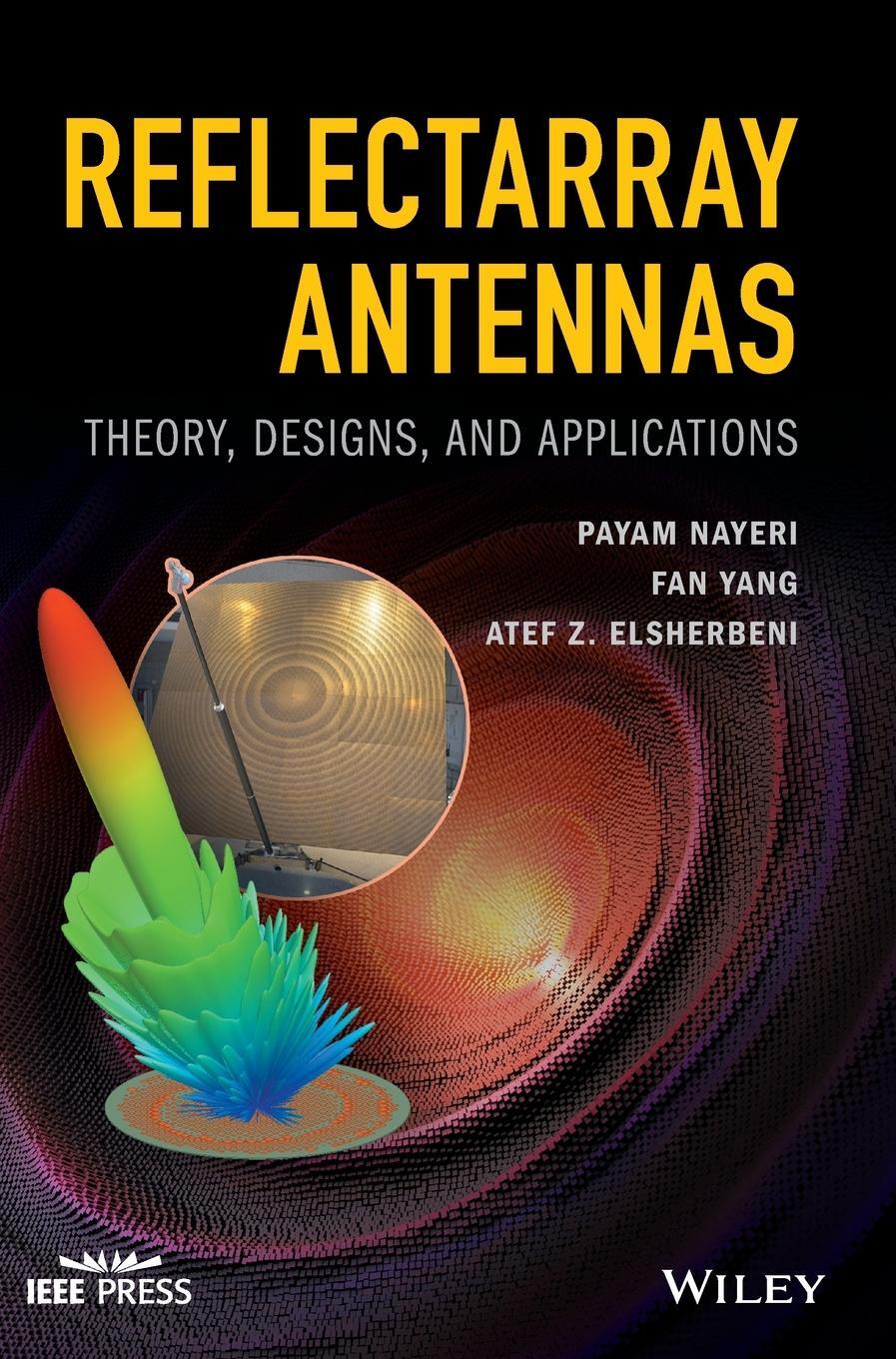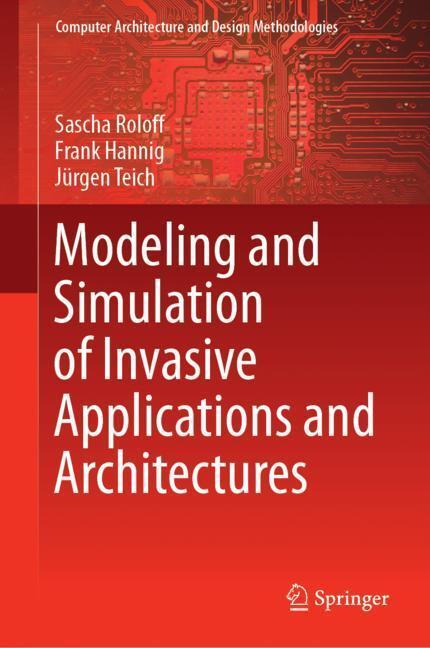96,00 €*
Versandkostenfrei per Post / DHL
Aktuell nicht verfügbar
* Teaches the fundamentals of digital control, enabling the student to exploit the complete potential of digital systems.
* Presents a number of control techniques including proportional-integral-derivative (PID), pole placement, internal model, minimum variance, model predictive and linear quadratic Gaussian control and their extensions.
* Provides an extensive introduction to digital signal processing, an essential component to the understanding and implementation of digital controllers; and to the identification of plant models, an important topic in this information era.
* Includes examples, problems and solutions as well as accompanying MatLAB code.
Digital Control offers an advanced and self-contained textbook to senior undergraduates and postgraduates in chemical, electrical and mechanical engineering and computer science. It will also appeal to practicing systems engineers who need to learn digital control.
* Teaches the fundamentals of digital control, enabling the student to exploit the complete potential of digital systems.
* Presents a number of control techniques including proportional-integral-derivative (PID), pole placement, internal model, minimum variance, model predictive and linear quadratic Gaussian control and their extensions.
* Provides an extensive introduction to digital signal processing, an essential component to the understanding and implementation of digital controllers; and to the identification of plant models, an important topic in this information era.
* Includes examples, problems and solutions as well as accompanying MatLAB code.
Digital Control offers an advanced and self-contained textbook to senior undergraduates and postgraduates in chemical, electrical and mechanical engineering and computer science. It will also appeal to practicing systems engineers who need to learn digital control.
Professor Moudgalya is an associate Dean at the Indian Institute of Technology in Bombay. He graduated in 1985 with a PhD in Chemical Engineering from Rice University, Houston and began his career as a Research Associate at the Chemical Process Modelling and Control Research Center at Lehigh University. In 1988 he became Assistant Professor at ITT, and has since worked his way up to the position of Associate Dean of Research and Development. He is the joint author of Optimization: Theory and Practice, M. C. Joshi and K. M. Moudgalya, 184265196X, cl, 345pp, £55.00, June 2004, Alpha Science International Ltd. In addition to this he has written over twenty journal and conference papers relevant to the proposal, and recently won the 'Best Paper Presentation' Award at the American Control Conference in 2002.
1 Introduction.
2 Modelling of Sampled Data Systems.
2.1 Sampled Data System .
2.2 Models of Continuous Time Systems .
2.3 Discretization of Continuous Time Systems .
2.4 Naturally Occurring Discrete Time Systems .
2.5 Establishing Connections .
2.6 Matlab Code .
2.7 Problems . .
I Digital Signal Processing.
3 LinearSystem.
3.1 Basic Concepts .
3.2 Basic Discrete Time Signals .
3.3 Input-Output Convolution Models .
viii 0. Contents.
3.4 State SpaceModels, Revisited .
3.5 Matlab Code .
3.6 Problems .
4 Z-Transform 63
4.1 Motivation and Definition of Z-transform .
4.2 Z-TransformTheorems and Examples .
4.3 Transfer Function .
4.4 Inverse of Z-transform .
4.5 Matlab Code .
4.6 Problems . .
5 Frequency Domain Analysis.
5.1 Basics .
5.2 Fourier Series and Fourier Transforms .
Contents ix
5.3 Sampling and Reconstruction .
5.4 Filtering .
5.5 Discrete Fourier Transform .
5.6 Matlab Code .
5.7 Problems . .
II Identification 161.
6 Identification 163.
6.1 Introduction .
6.2 Least Squares Estimation .
6.3 Covariance.
6.4 ARMA Processes .
6.5 Prediction ErrorModels .
Input, Model .
6.6 Revisiting Least Squares Estimation .
6.7 Frequency Domain Interpretation .
x 0. Contents
6.8 Matlab Code .
6.9 Problems . .
III Transfer Function Approach to Controller Design.
7 Structures and Specifications.
7.1 Control Structures .
7.2 Proportional Control .
7.3 Other Popular Controllers .
7.4 Internal Stability and Realizability .
7.5 InternalModel Principle and System Type .
7.6 Introduction to Limits of Performance .
7.7 Well behaved signals . .
7.8 Solving Aryabhatta's Identity .
7.9 Matlab Code .
7.10 Problems.
8 Proportional, Integral, Derivative Controllers.
8.1 Sampling Revisited .
8.2 Discretization Techniques.
8.3 Discretization of PID Controllers .
Contents xi.
8.4 Matlab Code .
8.5 Problems .
9 Pole Placement Controllers .
9.1 Dead-Beat and Dahlin Control .
9.2 Pole Placement Controller with Performance Specifications .
9.3 Implementation of Unstable Controllers .
9.4 Internal Model Principle for Robustness .
9.5 Redefining Good and Bad Polynomials .
9.6 Comparing 1-DOF and 2-DOF controllers .
9.7 Anti Windup Compensator .
9.8 PID Tuning through Pole Placement .
9.9 Matlab Code .
9.10 Problems .
10 Special Cases of Pole Placement Control.
10.1 Smith Predictor .
10.2 InternalModel Control .
10.3 Matlab Code .
10.4 Problems .
11 Minimum Variance Control 405
11.1 j-Step Ahead Prediction ErrorModel .
11.2 Minimum Variance Controller .
11.3 Generalized Minimum Variance Controller .
11.4 Matlab Code .
11.5 Problems .
xii 0. Contents.
12 Model Predictive Control 439
12.1 Generalized Predictive Control .
12.2 ?-GPC .
12.3 DynamicMatrix Control .
12.4 Matlab Code .
12.5 Problems .
13 Linear Quadratic Gaussian Control.
13.1 Spectral Factorization .
13.2 Controller Design .
13.3 Simplified LQG Control Design .
13.4 Introduction to Performance Analysis of Controllers .
13.5 Matlab Code .
13.6 Problems .
IV State Space Approach to Controller Design.
14 State Space Techniques to Controller Design.
14.1 Pole placement .
14.2 Estimators . .
14.3 Regulator Design - Combined Control Law and Estimator .
14.4 Linear Quadratic Regulator . .
14.5 Kalman Filter .
14.6 Matlab Code .
14.7 Problems .
A Supplementary Material.
A.1 Mathematical Relations .
A.2 Installation and Use of Software .
A.3 SimulinkCode for Verification .
A.4 Problems .
| Erscheinungsjahr: | 2007 |
|---|---|
| Fachbereich: | Nachrichtentechnik |
| Genre: | Technik |
| Rubrik: | Naturwissenschaften & Technik |
| Medium: | Taschenbuch |
| Seiten: | 568 |
| Inhalt: | 568 S. |
| ISBN-13: | 9780470031445 |
| ISBN-10: | 0470031441 |
| Sprache: | Englisch |
| Herstellernummer: | 14503144000 |
| Einband: | Kartoniert / Broschiert |
| Autor: | Moudgalya |
| Hersteller: |
Wiley
John Wiley & Sons |
| Maße: | 244 x 170 x 30 mm |
| Von/Mit: | Moudgalya |
| Erscheinungsdatum: | 01.12.2007 |
| Gewicht: | 0,967 kg |
Professor Moudgalya is an associate Dean at the Indian Institute of Technology in Bombay. He graduated in 1985 with a PhD in Chemical Engineering from Rice University, Houston and began his career as a Research Associate at the Chemical Process Modelling and Control Research Center at Lehigh University. In 1988 he became Assistant Professor at ITT, and has since worked his way up to the position of Associate Dean of Research and Development. He is the joint author of Optimization: Theory and Practice, M. C. Joshi and K. M. Moudgalya, 184265196X, cl, 345pp, £55.00, June 2004, Alpha Science International Ltd. In addition to this he has written over twenty journal and conference papers relevant to the proposal, and recently won the 'Best Paper Presentation' Award at the American Control Conference in 2002.
1 Introduction.
2 Modelling of Sampled Data Systems.
2.1 Sampled Data System .
2.2 Models of Continuous Time Systems .
2.3 Discretization of Continuous Time Systems .
2.4 Naturally Occurring Discrete Time Systems .
2.5 Establishing Connections .
2.6 Matlab Code .
2.7 Problems . .
I Digital Signal Processing.
3 LinearSystem.
3.1 Basic Concepts .
3.2 Basic Discrete Time Signals .
3.3 Input-Output Convolution Models .
viii 0. Contents.
3.4 State SpaceModels, Revisited .
3.5 Matlab Code .
3.6 Problems .
4 Z-Transform 63
4.1 Motivation and Definition of Z-transform .
4.2 Z-TransformTheorems and Examples .
4.3 Transfer Function .
4.4 Inverse of Z-transform .
4.5 Matlab Code .
4.6 Problems . .
5 Frequency Domain Analysis.
5.1 Basics .
5.2 Fourier Series and Fourier Transforms .
Contents ix
5.3 Sampling and Reconstruction .
5.4 Filtering .
5.5 Discrete Fourier Transform .
5.6 Matlab Code .
5.7 Problems . .
II Identification 161.
6 Identification 163.
6.1 Introduction .
6.2 Least Squares Estimation .
6.3 Covariance.
6.4 ARMA Processes .
6.5 Prediction ErrorModels .
Input, Model .
6.6 Revisiting Least Squares Estimation .
6.7 Frequency Domain Interpretation .
x 0. Contents
6.8 Matlab Code .
6.9 Problems . .
III Transfer Function Approach to Controller Design.
7 Structures and Specifications.
7.1 Control Structures .
7.2 Proportional Control .
7.3 Other Popular Controllers .
7.4 Internal Stability and Realizability .
7.5 InternalModel Principle and System Type .
7.6 Introduction to Limits of Performance .
7.7 Well behaved signals . .
7.8 Solving Aryabhatta's Identity .
7.9 Matlab Code .
7.10 Problems.
8 Proportional, Integral, Derivative Controllers.
8.1 Sampling Revisited .
8.2 Discretization Techniques.
8.3 Discretization of PID Controllers .
Contents xi.
8.4 Matlab Code .
8.5 Problems .
9 Pole Placement Controllers .
9.1 Dead-Beat and Dahlin Control .
9.2 Pole Placement Controller with Performance Specifications .
9.3 Implementation of Unstable Controllers .
9.4 Internal Model Principle for Robustness .
9.5 Redefining Good and Bad Polynomials .
9.6 Comparing 1-DOF and 2-DOF controllers .
9.7 Anti Windup Compensator .
9.8 PID Tuning through Pole Placement .
9.9 Matlab Code .
9.10 Problems .
10 Special Cases of Pole Placement Control.
10.1 Smith Predictor .
10.2 InternalModel Control .
10.3 Matlab Code .
10.4 Problems .
11 Minimum Variance Control 405
11.1 j-Step Ahead Prediction ErrorModel .
11.2 Minimum Variance Controller .
11.3 Generalized Minimum Variance Controller .
11.4 Matlab Code .
11.5 Problems .
xii 0. Contents.
12 Model Predictive Control 439
12.1 Generalized Predictive Control .
12.2 ?-GPC .
12.3 DynamicMatrix Control .
12.4 Matlab Code .
12.5 Problems .
13 Linear Quadratic Gaussian Control.
13.1 Spectral Factorization .
13.2 Controller Design .
13.3 Simplified LQG Control Design .
13.4 Introduction to Performance Analysis of Controllers .
13.5 Matlab Code .
13.6 Problems .
IV State Space Approach to Controller Design.
14 State Space Techniques to Controller Design.
14.1 Pole placement .
14.2 Estimators . .
14.3 Regulator Design - Combined Control Law and Estimator .
14.4 Linear Quadratic Regulator . .
14.5 Kalman Filter .
14.6 Matlab Code .
14.7 Problems .
A Supplementary Material.
A.1 Mathematical Relations .
A.2 Installation and Use of Software .
A.3 SimulinkCode for Verification .
A.4 Problems .
| Erscheinungsjahr: | 2007 |
|---|---|
| Fachbereich: | Nachrichtentechnik |
| Genre: | Technik |
| Rubrik: | Naturwissenschaften & Technik |
| Medium: | Taschenbuch |
| Seiten: | 568 |
| Inhalt: | 568 S. |
| ISBN-13: | 9780470031445 |
| ISBN-10: | 0470031441 |
| Sprache: | Englisch |
| Herstellernummer: | 14503144000 |
| Einband: | Kartoniert / Broschiert |
| Autor: | Moudgalya |
| Hersteller: |
Wiley
John Wiley & Sons |
| Maße: | 244 x 170 x 30 mm |
| Von/Mit: | Moudgalya |
| Erscheinungsdatum: | 01.12.2007 |
| Gewicht: | 0,967 kg |

